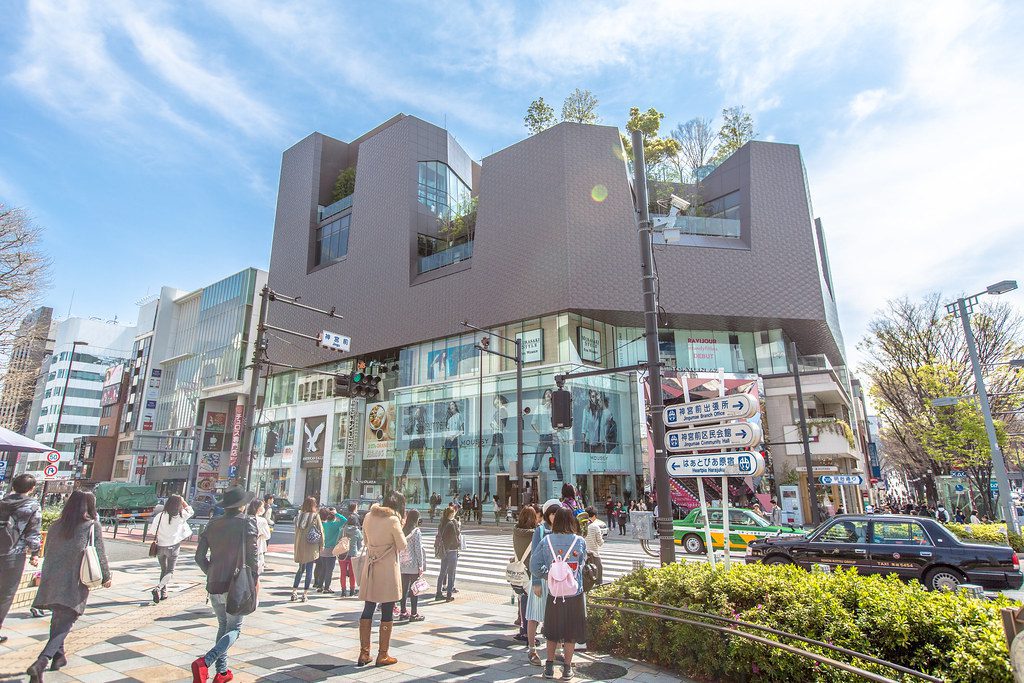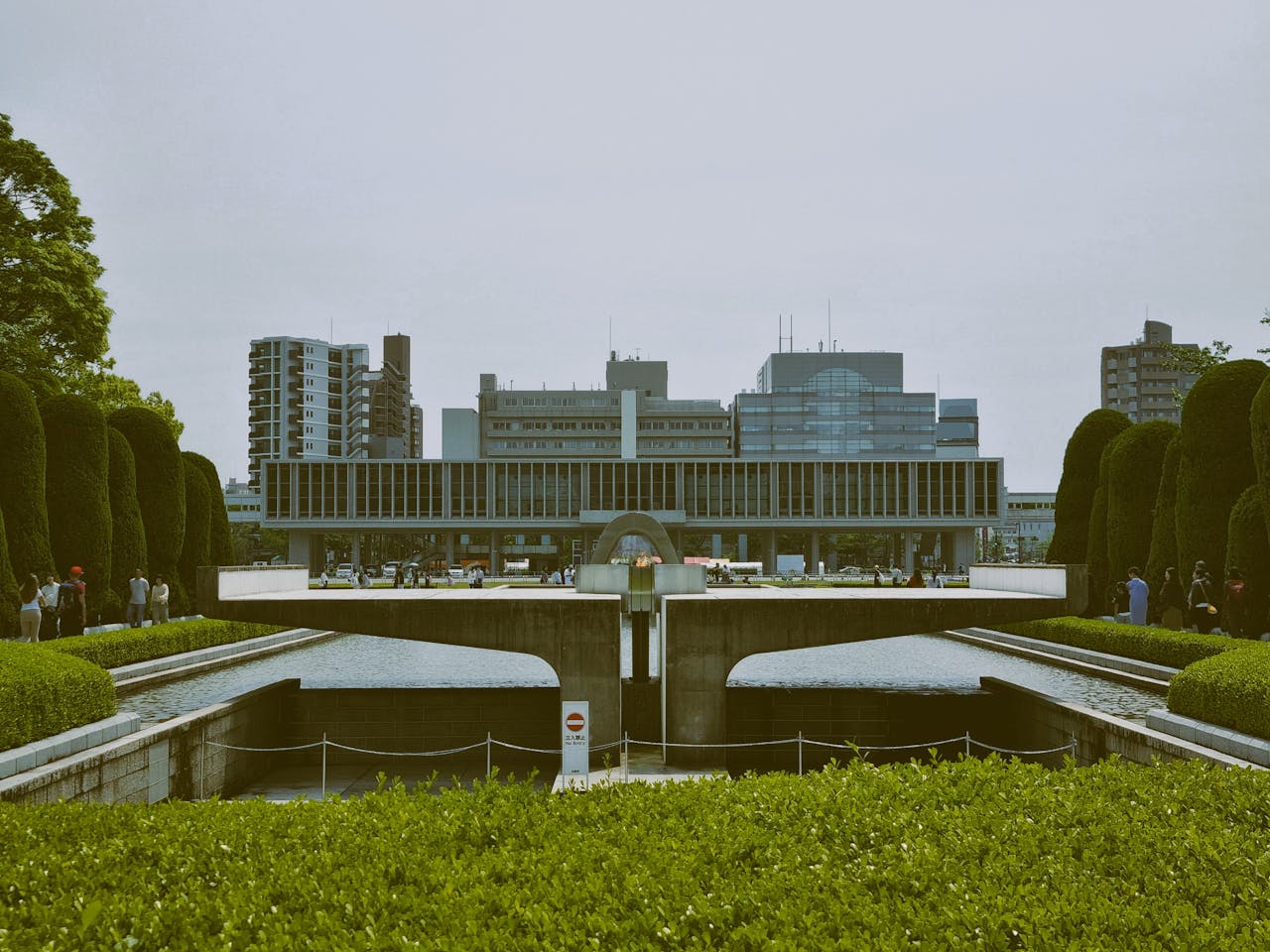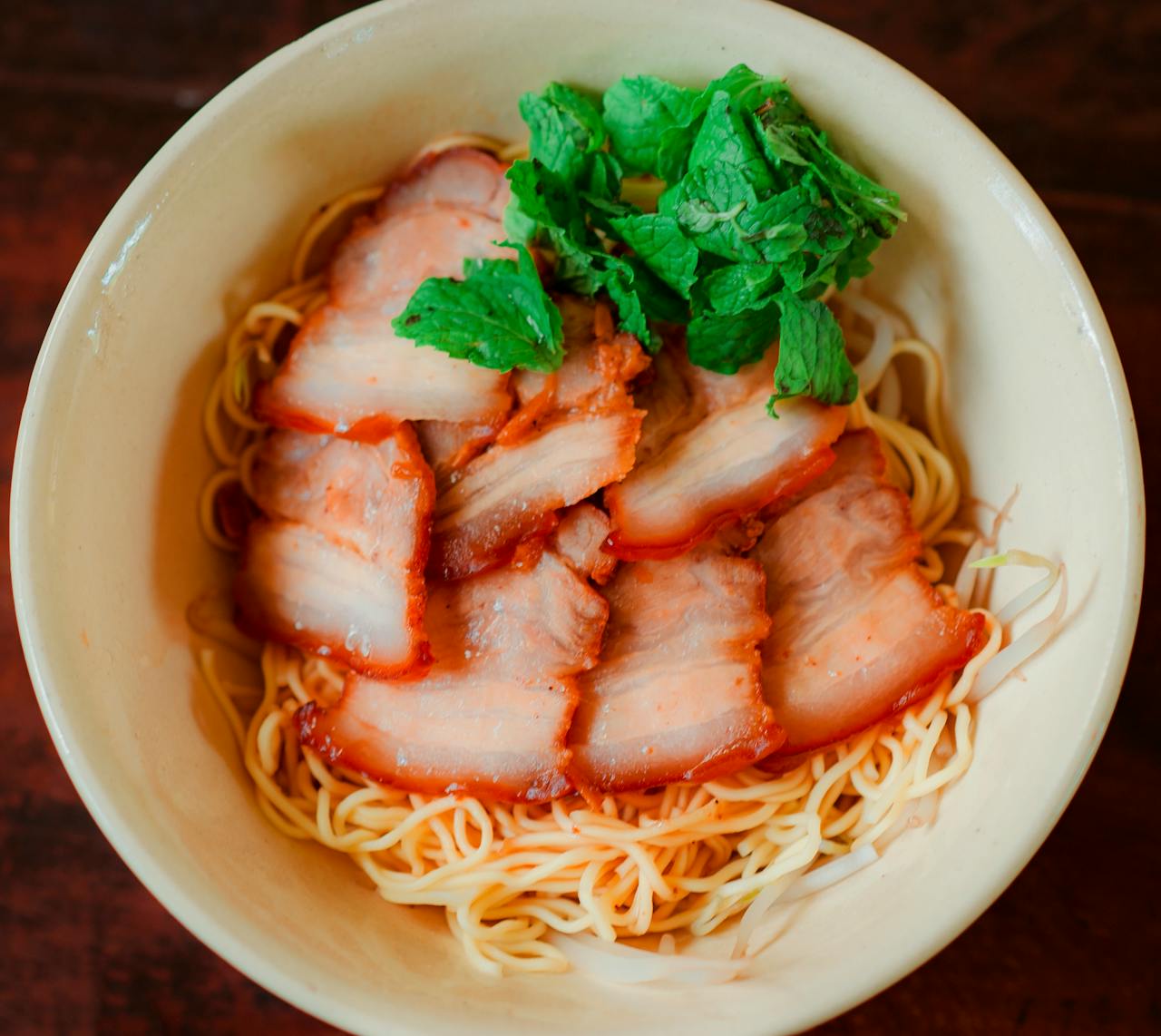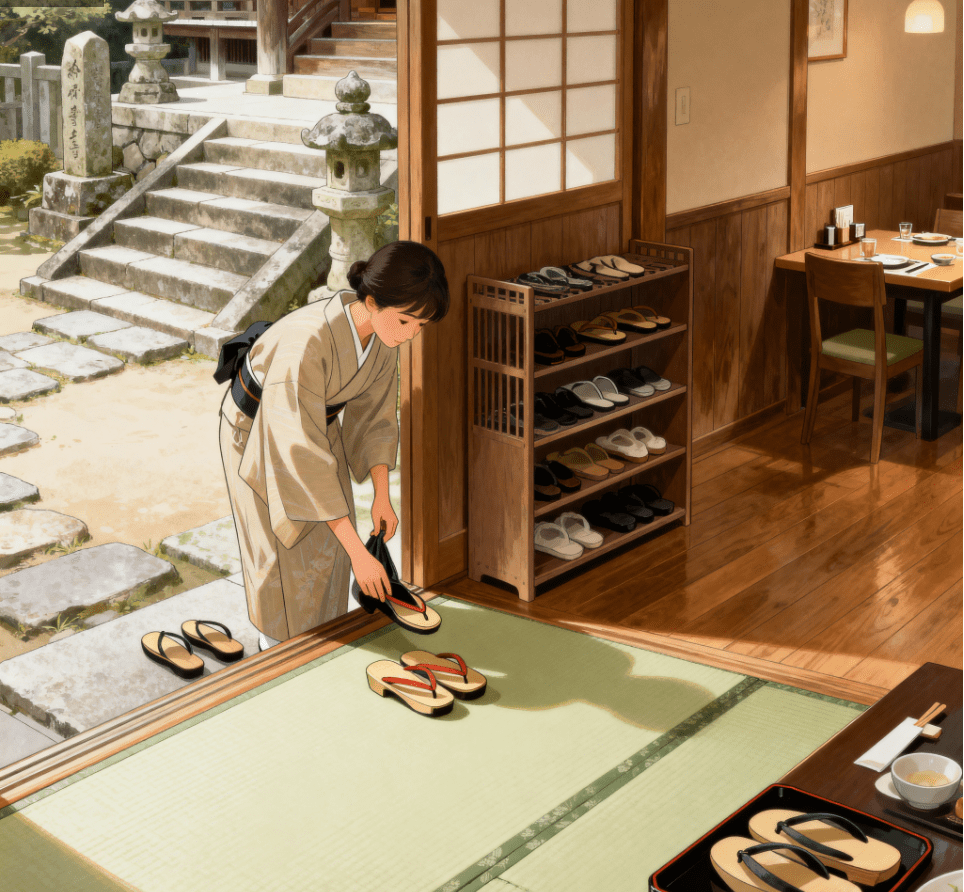Best Places to Visit in Japan: Tokyo, Kyoto & Beyond

The best places to see in Japan showcase its incredible blend of ancient tradition and cutting-edge modernity.
Must-visit destinations include:
- Tokyo’s vibrant, futuristic districts.
- Kyoto’s historic temples and serene gardens.
- The natural beauty of iconic Mount Fuji.
- Osaka’s renowned culinary scene.
Complement your journey with top experiences like staying in a traditional ryokan, participating in a tea ceremony, exploring cherry blossom spots, and enjoying world-class cuisine.
Why Japan Should Be Your Next Travel Destination
Japan stands as one of the world’s most fascinating travel destinations, offering experiences that cannot be found anywhere else.
From the neon-lit streets of Tokyo to the serene bamboo groves of Kyoto, this island nation seamlessly blends centuries-old traditions with futuristic innovation.
Whether you’re seeking spiritual enlightenment at ancient temples, culinary adventures through regional cuisines, or the thrill of bullet trains speeding past Mount Fuji, Japan delivers unforgettable memories for every type of traveler.
The country’s exceptional safety, cleanliness, and efficient transportation system make it particularly welcoming for first-time visitors.
With the Japanese yen currently favorable for international travelers and new digital initiatives simplifying visa processes, there’s never been a better time to explore the Land of the Rising Sun.
Top Destinations in Japan You Can’t Miss
Tokyo: The Dynamic Capital
Tokyo represents the beating heart of modern Japan, where tradition and innovation collide spectacularly. This megalopolis offers distinct neighborhoods, each with its own personality and attractions.
Shibuya and Shinjuku serve as Tokyo’s energetic centers, featuring the famous Shibuya Crossing, countless shopping opportunities, and vibrant nightlife.

The observation decks at Tokyo Metropolitan Building provide free panoramic city views, while nearby Golden Gai offers intimate bars in narrow alleyways.
Asakusa preserves Tokyo’s traditional side, home to the ancient Sensoji Temple and traditional craft shops along Nakamise Street. The district offers a glimpse into old Tokyo, with rickshaw rides and traditional performances regularly available.
Harajuku and Omotesando showcase Japan’s youth culture and high fashion, from quirky Takeshita Street to luxury boutiques. Don’t miss the serene Meiji Shrine, an oasis of calm amid urban chaos.
Kyoto: The Cultural Heart
Kyoto, Japan’s former capital, houses over 2,000 temples and shrines, making it the country’s cultural treasure trove. This city perfectly preserves Japan’s artistic and spiritual heritage.
The Fushimi Inari Shrine features thousands of vermilion torii gates winding up the mountainside, creating one of Japan’s most photographed scenes. Early morning visits offer peaceful exploration before crowds arrive.

Kinkaku-ji (Golden Pavilion) shimmers magnificently across its reflecting pond, while the Bamboo Grove of Arashiyama provides an otherworldly walking experience through towering bamboo stalks.
The Gion district remains Kyoto’s famous geisha quarter, where you might spot geiko and maiko heading to evening appointments.
Traditional tea houses and exclusive restaurants line its atmospheric streets.
Osaka: The Kitchen of Japan
Osaka earned its nickname through centuries of culinary excellence and remains Japan’s food capital.
This lively city combines historical sites with modern entertainment and unparalleled dining.

Dotonbori pulses with energy, its neon signs reflecting in the canal while street food vendors serve takoyaki (octopus balls) and okonomiyaki (savory pancakes).
The district epitomizes Osaka’s vibrant food culture.
Osaka Castle stands as one of Japan’s most famous landmarks, surrounded by beautiful gardens that transform with each season.
The castle museum details Japan’s feudal history through interactive exhibits.
Mount Fuji and the Five Lakes Region
Japan’s highest peak and spiritual symbol, Mount Fuji, captivates visitors whether they view it from afar or climb to its summit.
The surrounding Fuji Five Lakes region offers year-round natural beauty and outdoor activities.

Lake Kawaguchi offers the most accessible views and facilities, with the Chureito Pagoda providing the perfect postcard shot of Mount Fuji.
The official climbing season runs from July to early September, though the mountain impresses viewers throughout the year.
Hiroshima: A City of Peace and Resilience
Hiroshima transformed from tragedy into a symbol of peace and hope.
The Peace Memorial Park and Museum provides powerful, essential education about nuclear warfare’s consequences.

The iconic A-Bomb Dome stands preserved as a UNESCO World Heritage site.
Nearby Miyajima Island features the famous Itsukushima Shrine with its floating torii gate, considered one of Japan’s three most scenic views.
Free-roaming deer and mountain hiking trails add to the island’s appeal.
Unforgettable Experiences and Activities
Cherry Blossom Viewing (Hanami)
Spring transforms Japan into a pink wonderland during sakura season, typically from late March through early May.

Popular viewing spots include Tokyo’s Ueno Park, Kyoto’s Maruyama Park, and Yoshino in Nara Prefecture.
Locals celebrate with hanami parties, picnicking under blooming trees.
Stay in a Traditional Ryokan
Ryokan inns offer authentic Japanese hospitality, featuring tatami floors, futon beds, communal hot spring baths (onsen), and elaborate kaiseki dinners.
These traditional accommodations provide cultural immersion impossible to experience in standard hotels.
Ride the Shinkansen Bullet Train
Japan’s bullet trains represent engineering excellence, reaching speeds of 320 km/h while maintaining perfect punctuality. The JR Pass offers unlimited travel for foreign visitors, making cross-country exploration affordable and efficient.
Experience an Onsen (Hot Spring Bath)
Natural hot springs dot Japan’s volcanic landscape, offering relaxation and supposed health benefits.
Popular onsen towns include Hakone, Beppu, and Kusatsu. Remember to follow proper etiquette: wash thoroughly before entering and never wear swimwear in traditional baths.
Participate in a Tea Ceremony
The Japanese tea ceremony represents meditation through ritualized preparation and consumption of matcha tea.
Many temples and cultural centers offer demonstrations and participatory experiences for visitors.
Explore Japanese Pop Culture
Akihabara district in Tokyo serves as the global center for anime, manga, and gaming culture. Visit themed cafes, massive electronics stores, and multi-floor arcades.
The Ghibli Museum in Mitaka celebrates Studio Ghibli’s animated masterpieces.
Culinary Adventures Across Japan
Japanese cuisine extends far beyond sushi and ramen, with each region offering distinct specialties and cooking styles.
Must-Try Foods and Where to Find Them
Sushi and Sashimi reach perfection at Tokyo’s Tsukiji Outer Market or high-end establishments in Ginza. Budget-conscious travelers can enjoy quality conveyor belt sushi nationwide.
Ramen varies by region: Tokyo’s soy-based, Sapporo’s miso variety, and Hakata’s rich tonkotsu. Each style reflects local preferences and ingredients.

Street Food thrives in markets and festivals. Try takoyaki in Osaka, yakitori throughout Japan, and regional specialties like Hiroshima-style okonomiyaki.
Kaiseki represents Japanese haute cuisine, featuring seasonal ingredients prepared with artistic precision.
Kyoto remains the kaiseki capital, though excellent restaurants exist nationwide.
Practical Travel Tips for First-Time Visitors to Japan
Transportation Essentials
The JR Pass provides exceptional value for travelers planning multiple city visits. Purchase before arriving in Japan for maximum savings. Major cities offer efficient subway systems, with IC cards like Suica or Pasmo simplifying payment.
Cultural Etiquette

Remove shoes when entering homes, temples, and traditional restaurants. Bow as a greeting and thanks.
Avoid eating while walking. Keep voices low on public transportation. These simple gestures show respect and enhance your experience.
Money Matters
Japan remains predominantly cash-based despite technological advancement. ATMs at 7-Eleven and post offices accept international cards.
Carry sufficient yen for small purchases, temple admissions, and rural areas.
Language Navigation
While English signage exists in major cities, learning basic Japanese phrases enhances interactions. Translation apps and pocket Wi-Fi devices prove invaluable for navigation and communication.
Best Times to Visit
Spring (March-May) offers cherry blossoms and pleasant weather. Autumn (September-November) features stunning fall foliage. Summer brings festivals, but intense heat and humidity.
Winter provides excellent skiing and fewer crowds at popular sites.
Planning Your Japan Itinerary
First-Timer’s Classic Route (10-14 days)
Start in Tokyo (3-4 days), exploring diverse neighborhoods and day-tripping to Nikko or Kamakura. Travel to Hakone (1-2 days) for Mount Fuji views and onsen relaxation.
Continue to Kyoto (3-4 days), including day trips to Nara and Osaka. Finish in Hiroshima (1-2 days) before returning to Tokyo.
Off-the-Beaten-Path Destinations
Venture beyond tourist hotspots to discover hidden gems. Takayama preserves Edo-period architecture in the Japanese Alps. Kanazawa features perfectly preserved samurai and geisha districts.
Shikoku Island offers the 88-temple pilgrimage route and pristine nature.
Accommodation Options for Every Budget

Luxury Hotels and Resorts
International chains and Japanese luxury brands provide world-class service. Properties like Aman Tokyo, Park Hyatt Tokyo, and traditional luxury ryokans offer unforgettable experiences with premium pricing.
Mid-Range Comfort
Business hotels provide excellent value with compact, clean rooms and consistent quality. Chains like Dormy Inn include hot spring baths and complimentary ramen.
Budget-Friendly Choices
Capsule hotels offer unique experiences at low prices. Hostels provide an international atmosphere and local insights.
Temple lodgings (shukubo) combine budget accommodation with cultural immersion.
Making the Most of Your Japan Adventure
Japan rewards thoughtful planning while leaving room for spontaneous discovery.
Book accommodations early, especially during peak seasons. Purchase tickets for popular attractions online to avoid queues.
Download offline maps and translation apps before arriving.
Consider travel insurance covering medical emergencies and trip disruptions. Register with your embassy for emergency assistance.
Respect photography restrictions at temples and shrines. Most importantly, maintain flexibility and openness to unexpected experiences that often become trip highlights.
Japan offers something special for every traveler, from spiritual seekers to food enthusiasts, nature lovers to technology fans.
The country’s unique combination of ancient wisdom and modern innovation creates experiences impossible to replicate elsewhere.
Whether you’re wandering through bamboo forests, soaking in mountain hot springs, or navigating Tokyo’s neon maze, Japan promises adventures that will transform your perspective and create lifelong memories.
Best Places to Visit in Japan: An Extended FAQ
What are the must-see Japan destinations for first-time visitors?
For first-time visitors, must-see Japan destinations include Tokyo, Kyoto, and Hiroshima. In Tokyo, explore the bustling neighborhoods of Shibuya and Shinjuku, while Kyoto offers beautiful temples and shrines like Fushimi Inari. Hiroshima is home to the Peace Memorial Park, which is a poignant reminder of the city’s history.
Which places to visit in Japan are best during cherry blossom season?
During cherry blossom season, the best places to visit in Japan include Ueno Park in Tokyo, Maruyama Park in Kyoto, and Hirosaki Park in Aomori. These locations offer stunning views of cherry blossoms, creating a picturesque backdrop for visitors.
What are the top places to visit on a trip to Japan?
The top places to visit on a trip to Japan include iconic cities like Tokyo and Kyoto, historical sites such as Nara and Miyajima, and natural wonders like Mount Fuji and the Japan Alps.
Each location provides a unique glimpse into Japan’s rich culture and stunning landscapes.
What attractions in Japan are worth a visit?
Attractions in Japan that are worth a visit include the Matsumoto Castle, Universal Studios Japan, and the scenic Seto Inland Sea.
These sites offer a mix of historical, cultural, and entertainment experiences for travelers.
How can I make the most of my trip to Japan?
To make the most of your trip to Japan, consider planning your itinerary around key Japan tourist spots and experiences.
Allocate time for both urban exploration in cities like Tokyo and Kyoto and rural adventures in areas like Takayama and the Japan Alps.
What is a good itinerary for traveling in Japan?
A good itinerary for traveling in Japan could include a week in Tokyo and Kyoto, with day trips to Nara and Nikko.
Additionally, consider spending time in Hiroshima and exploring the beautiful landscapes of the Japanese Alps for a well-rounded experience.
What are some beautiful places in Japan that are less known?
Some beautiful places in Japan that are less known include the historic town of Takayama, the quaint streets of Kanazawa, and the serene island of Miyajima. These locations offer a more tranquil experience away from the bustling tourist crowds.
What food in Japan should I try?
When visiting Japan, be sure to try local delicacies such as sushi, ramen, and tempura.
Each region offers unique dishes, so don’t miss out on regional specialties, especially in cities like Osaka, known for its street food.
How many days in Japan are recommended for a fulfilling experience?
For a fulfilling experience, it is recommended to spend at least 10 to 14 days in Japan.
This allows enough time to explore major cities, enjoy day trips, and immerse yourself in the local culture and traditions.




